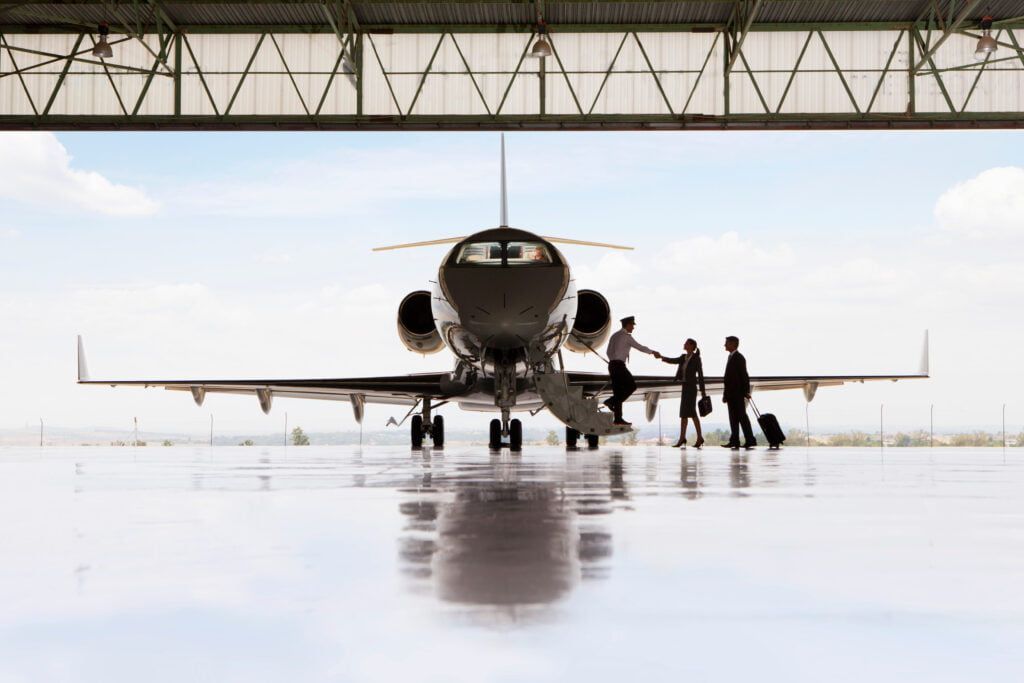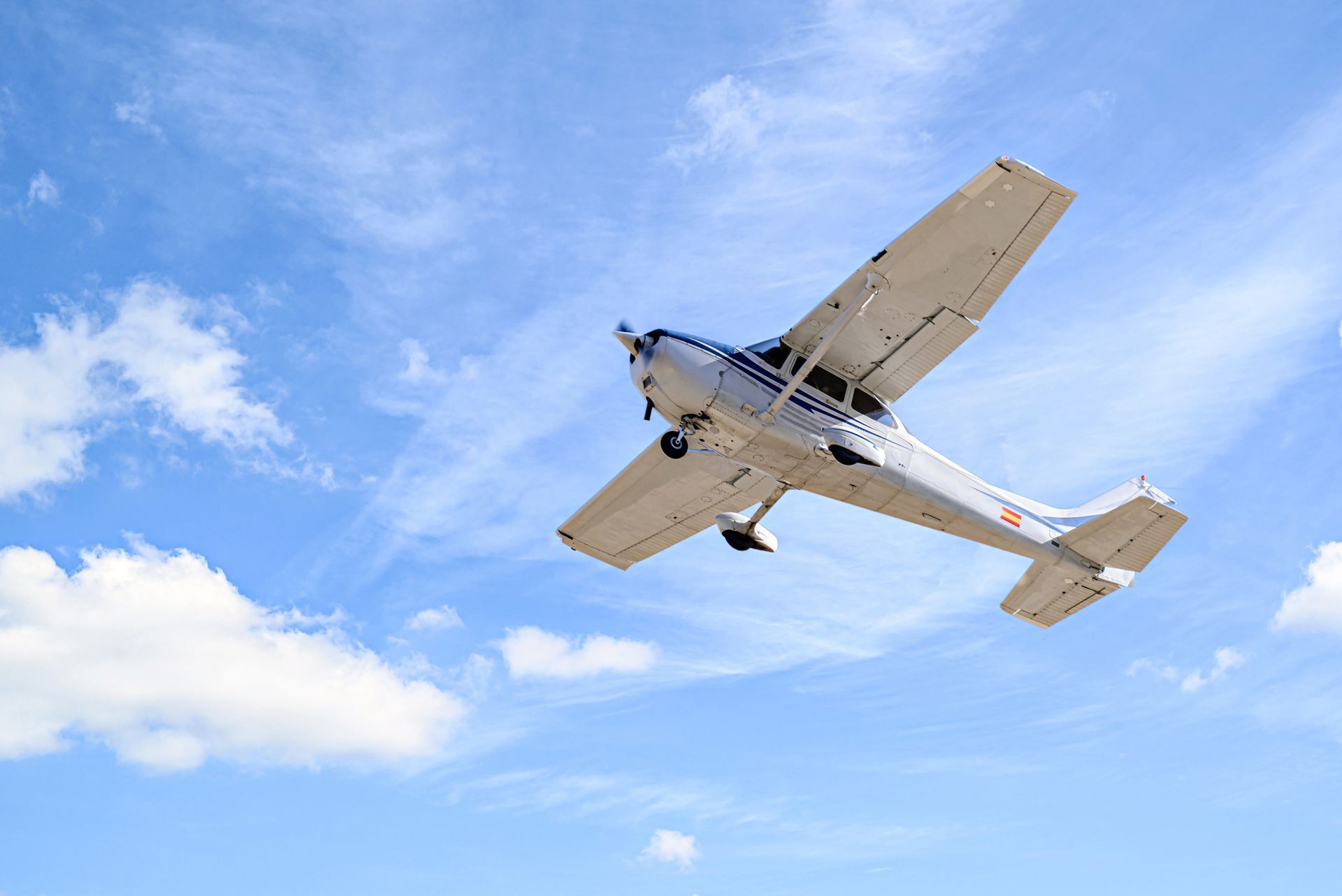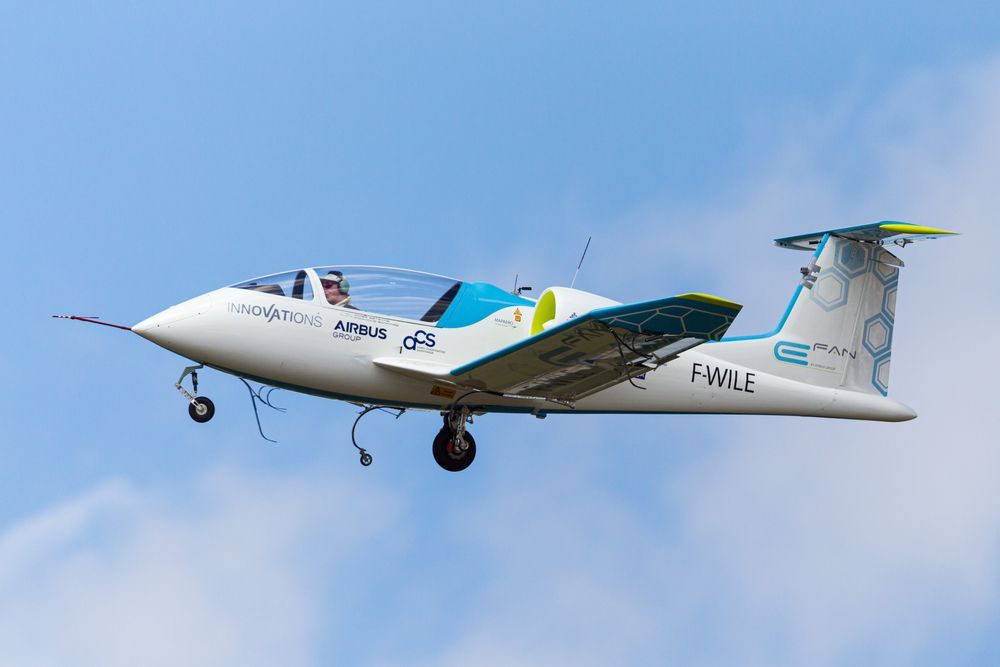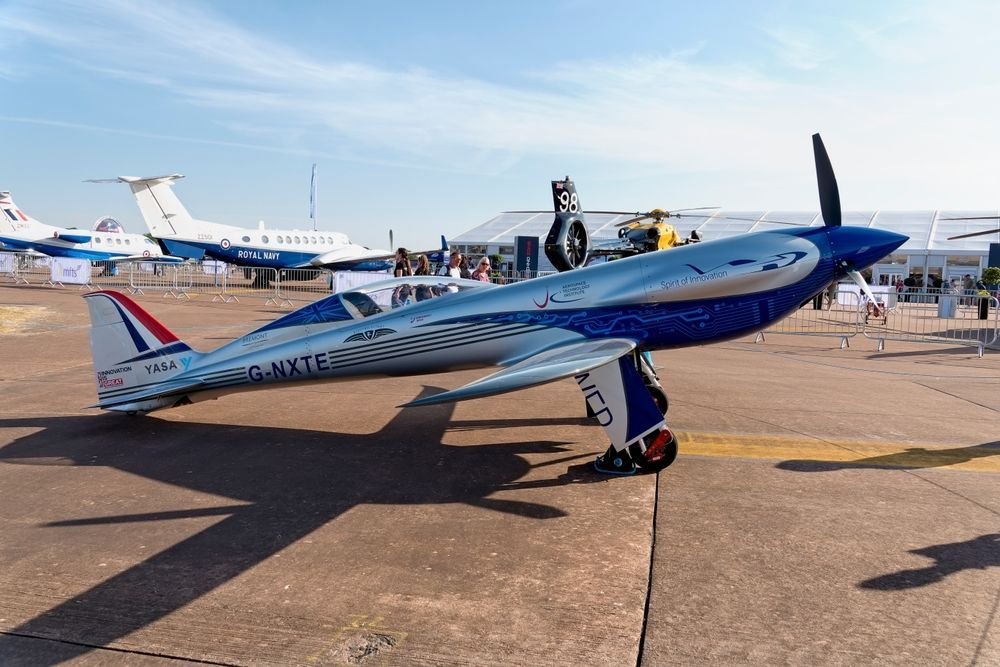Pilot Shortage and What it Means for Aviation Schools
Share this Article:
Airlines are trying to hire a combined 12,000 pilots this year to ensure that they keep flights in the air and not on the ground. Thanks to the COVID-19 pandemic, there’s been a mass exodus of pilots since 2020. When air travel slowed due to lockdowns and other measures intended to mitigate the spread, airlines were forced to offer early retirement packages to a number of their workforce. And now that travel has roared back to pre-pandemic levels, there aren’t enough pilots to staff all of the aircraft.
So what exactly can airlines do as a result? Let’s take a look at some solutions in this post:
What Can Airlines Do?
One of the biggest issues when it comes to hiring pilots is that it takes a long time to replace outgoing personnel. In most jobs, when someone retires or puts in their two-week notice, the employer creates a job listing and begins interviewing replacement candidates right away. If the position isn’t filled around the time the employee leaves, it’s certainly almost always filled soon after. That’s not the case with pilots. Some estimates state that it can take a whopping 120 days to replace an outgoing pilot due to the small talent pool and extensive training requirements for new pilots.
So what can airlines do? Here’s a look at some solutions:
- Establish much more enticing retention incentives for pilots that stay working for their airline.
- Offer hiring bonuses for new pilots.
- Work closely with aviation schools to create a pipeline for their airline’s pilot workforce.
- Offer tuition reimbursement to pilots who come to work for your airline.

Return of Demand after COVID-19
As we noted earlier, due to early retirement packages offered during the COVID-19 pandemic, airlines significantly cut staff to stay solvent. But now that air travel is back to pre-pandemic levels, airlines are scrambling to fill these pilot shortages and satisfy the surging demand for travel once again. Think of it like this: For at least a year, many Americans scrapped vacations and many employers scrapped business travel to stay safe during the pandemic. But now that vaccines and more advanced treatments are here, Americans now have the confidence to fly again – and they have the itch to do so as well.
How Can You Capitalize on the Shortage?
So how can you capitalize on pilot shortages? Now is an ideal time to rethink your outreach programs . Partner with aviation schools to ensure there’s a pipeline of qualified pilots entering your airline in the future. When you consider that about a third of airline pilots in the U.S. are between 51 and 59 years old, there’s likely to be another retirement exodus soon – and this one by choice and not by necessity. Don’t miss an opportunity to create relationships with schools to ensure your airline isn’t hurting for talent.




